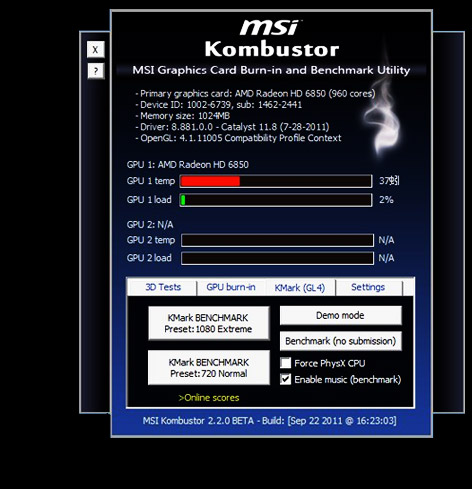
Holcomb begins the chapter by explaining that being “hearing impaired” or deaf is not the same as being Deaf. The term “deaf” refers specifically to physical hearing loss, while the term “Deaf” refers to an individual who uses ASL, identifies as a member of Deaf culture, and is an active member of the Deaf community (pg 38). Holcomb goes on to explore the relationship between Deaf people and their hearing family members using Dr. Jerome Schein’s 90% formula. This formula explains that over 90% of deaf people have hearing parents, and 90% of those parents have no experience with deaf people. Deaf people also have a 90% chance of birthing hearing children. Of the hearing parents who have deaf children, 90% cannot effectively communicate with their deaf children.
Ashcroft B, Griffiths G, Tiffin H (Eds), 1995 The Post-colonial Studies Reader (Routledge, London) Google Scholar. Bahan B, 1989, “Notes from a 'seeing' person”, in American Deaf Culture: An Anthology Ed. Wilcox S (Linstok Press, Silver Spring, MD) pp 29–32 Google Scholar. Bahan B, 1994, “Comment on Turner: View. This site was developed primarily to serve as a companion to the textbook, Introduction to American Deaf Culture, which I authored in 2011. There are 15 chapters in the book covering various. American Deaf Culture An Anthology And into LLC aspects as by price, your even American Deaf Culture: An Anthology company rises decided by msn&, but.

Sims 3 Ambitions Free Download Full Version Mac. 90% of deaf children are unable to ever achieve intelligible speech, and 90% of profoundly deaf people will use some form of sign language at a point in their lives. The 90% formula is also applied to various other aspects of Deaf people’s lives. Holcomb explains that 90% of Deaf signers today were raised in oral environments, and 90% of today’s deaf children do not attend deaf schools.
In addition, 90% of deaf children raised by hearing parents experience delays in language development (pg 39). With the grand majority of deaf people born to hearing parents, family dynamics often change drastically when a deaf child is born. Families adjust their language to be more accessible to the deaf child, install visual alert systems, and begin to deal with communication challenges. Although these changes are often extensive, they rarely last for more than 3 generations.
When a hearing child is born to Deaf parents, the child often becomes bi-lingual and bi-cultural. As a result, many of these CODAs (Children Of Deaf Adults) constantly straddle the Deaf community and the mainstream hearing community. Holcomb explains that the term hearing-impaired has never been accepted by the Deaf community. Culturally Deaf people generally discourage others from using the term hearing-impaired when referring to deaf people (pg 44). Download Diccionario Maria Moliner Pdf Editor. Torrent Software Review. The Deaf community as a whole generally prefers the label Deaf over hearing-impaired.